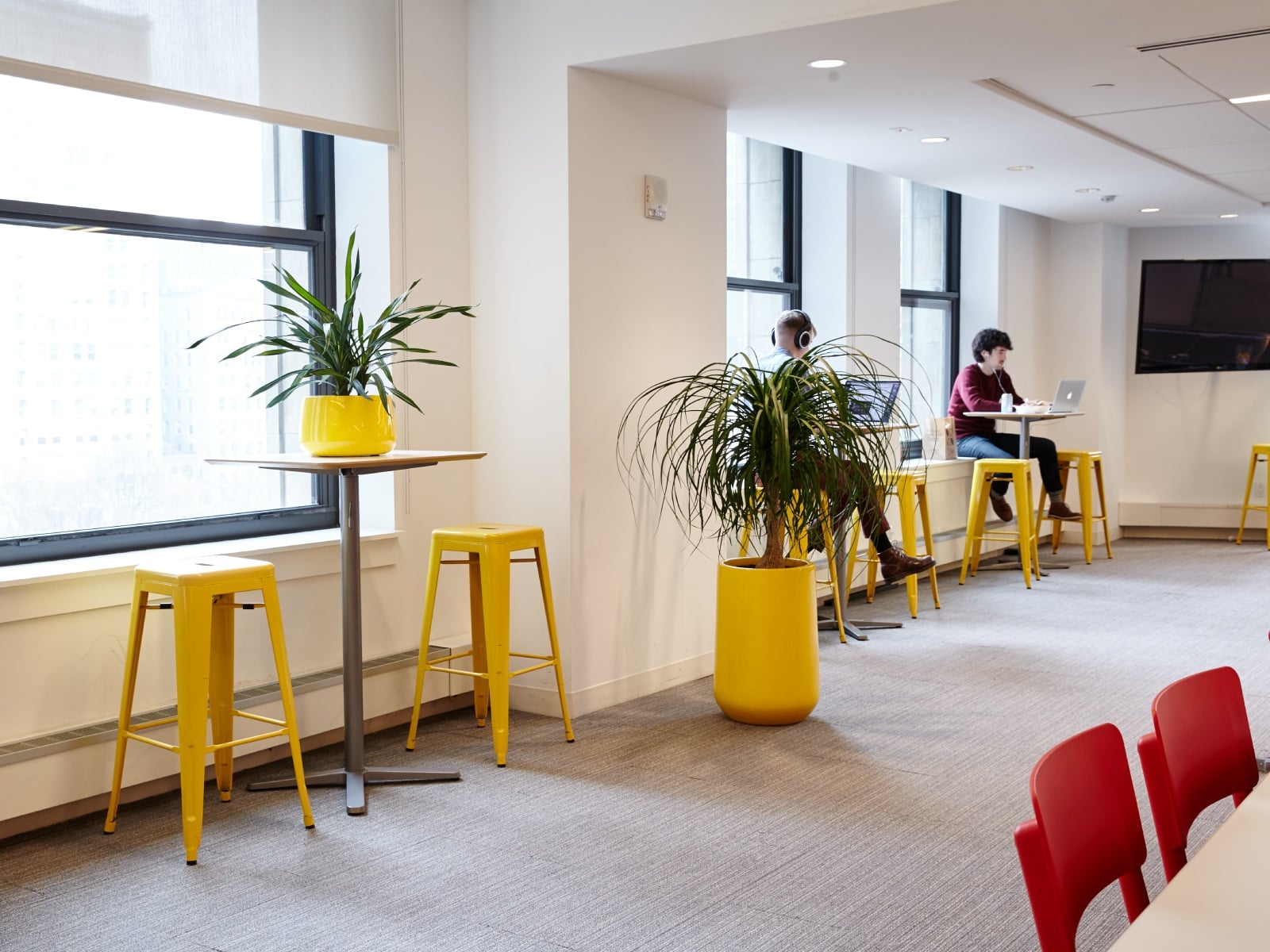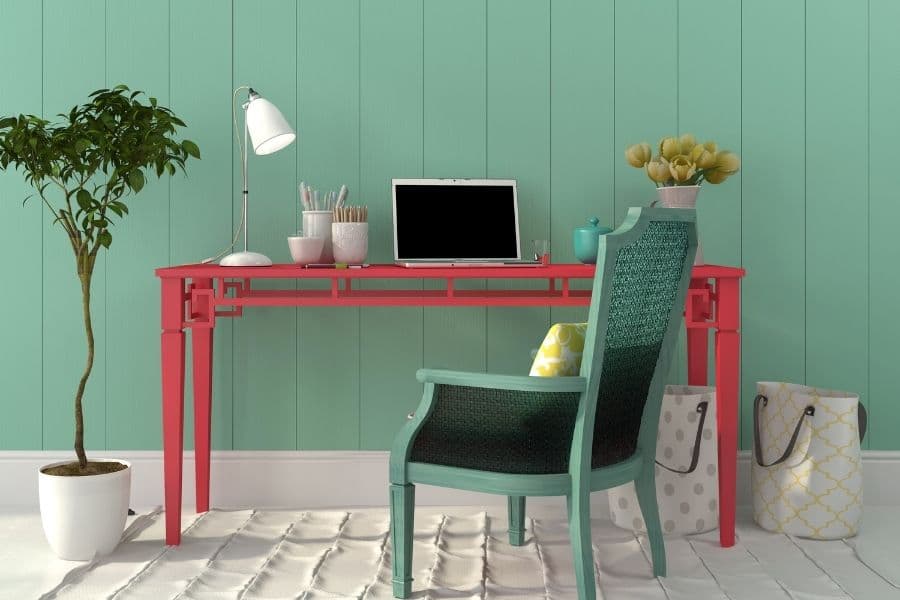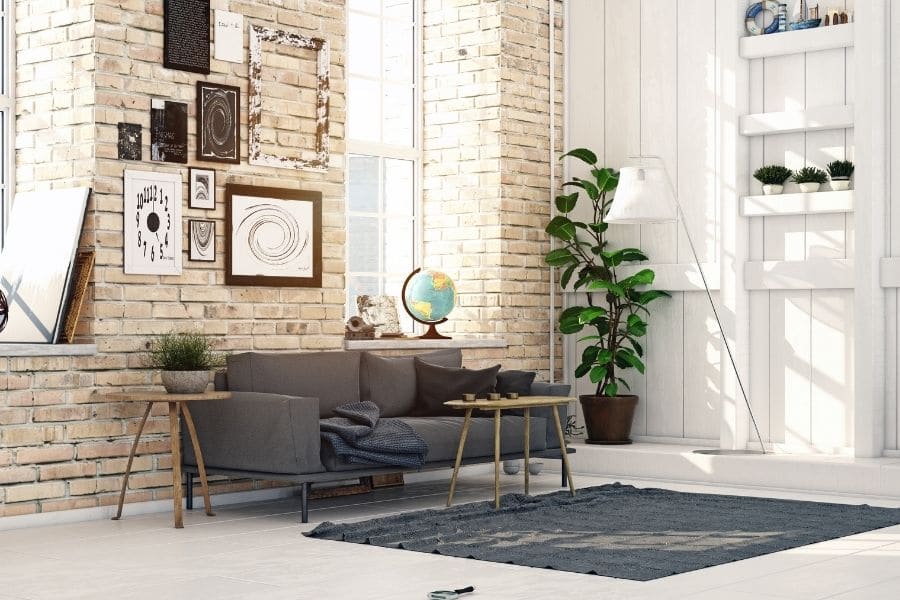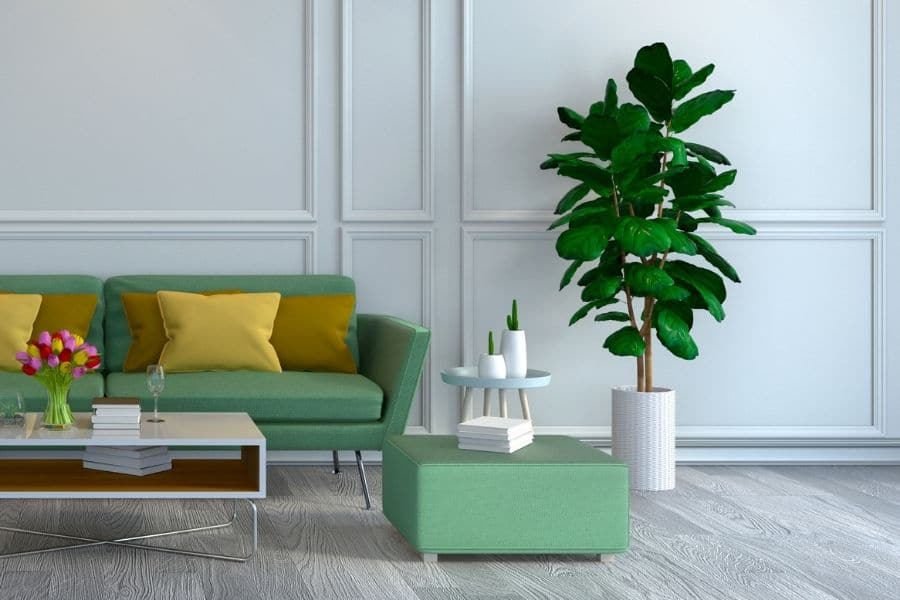Choosing great flower pots or planters for an area you’re designing can really bring the place together – give it a coherent look and feel while also bringing visual interest, surprise and excitement.
Knowing how to arrange plants is important for a number of professionals and applications including:
- Garden and patio landscaping
- Interior landscaping
- Landscaping in offices and commerical spaces
But how do you know which containers will work for a given room or in a particular garden, and which ones won’t? Assuming you pick the right container, how do you actually position it within the area for best results?
There are certain universal principles of interior landscaping and design you should take into account when considering containers for your decor. To make the task easier for you, we’ve asked professional designers some of the most important questions in the planter business – so just read these unique tips and find out how to arrange potted plants like a pro!
- What are the most essential rules to follow when adding planters and plants to any area?
- How do you work with lines and shapes when decorating with containers?
- How do you combine planter shapes and colors for best results?
- How do color and light interact with each other in designs?
- How do textures come into play here and what do they change?
- How does the shape of our chosen plant affect the choice of the planter itself?
- Try it out!
What are the most essential rules to follow when adding planters and plants to any area?
Harmony and unity
Regardless of the style of planter arrangement you intend to develop for a given area, a good starting point is to use the principles of harmony and unity in order to achieve a balanced design scheme. Through repetition, proximity and alignment, any landscaper, interiorscaper, decorator or amateur can create symmetrical or asymmetrical designs that are harmonious conceptually as well as visually. In other words, the unity and harmony principles of design are the keys to developing a well-balanced, complete look that simply makes sense.
Of course, there’s much more to design with planters than two things only, but let’s give it over to our expert designers. For starters, an all-too-obvious but crucial reminder here – potted plants and their needs!
Most essentially the planters and plants should complement the overall feel of the space and allow for humans to enjoy the greenery. All design rules can be broken but planters should ideally be situated within the space that allows for the chosen plants to survive.
Janelle Meyer, Texas Tropical Plants

Make an impact with larger planters. Look for those unused sunny spaces and corners that can become a new focal point of the room. Make your decision based on the needs of the plants. Potted plants cannot thrive in every indoor area.
Daniel Gerdes, Christy Webber Landscapes

For me, scale and style are the most important things. Planters can be so impactful when done well. We want something large enough to make an impact, but not over crowd the area. And, of course, the style needs to complement the space itself.
Claire Goldman, R&R Landscaping

I think looking at the overall design, feel and flow of a space is very important when adding planters. I often tell clients to consider them like furniture pieces because some can be pretty expensive and you want to make sure it all flows properly. You want to make sure your planters look proportional to other objects in your space like furniture or artwork. They should be complementary and not trying to compete.
Jennifer B. Perez, Growing Roots

For even more insight on the basic rules of arranging your container plants, make sure you also get to know the 8 key factors to consider when choosing a fiberglass planter!
How do you work with lines and shapes when decorating with containers?
Lines and feelings
Whether vertical, horizontal, diagonal, or curved, lines evoke a series of feelings that influence the way we perceive a given place. Different lines can also be put together to develop a variety of planes and shapes, according to the mood you want to create, and can be accentuated or, on the contrary, softened through light, hues, and patterns.
Balance through resemblance
A simple way to balance a space of container gardens or group of pots is to include specific container shapes that resemble the other aesthetic elements in the area – mix in easily rather than add contrast. For example, rectangular or square fiberglass planters can better complement a box-shaped area, while round containers make excellent additions to areas dominated by curved architectural details.
Visual illusions
The visual illusion you want to achieve is another factor you should consider when selecting your containers. Wider-than-tall planters, for example, can accentuate the horizontal lines in an area, evoking feelings of stability and grounding. Containers that highlight the horizontality of a room can also be used bring one or more focal points to the eye level. Conversely, the tall planters that emphasize the verticality of an area are more suitable for creating the illusion of height in small spaces.
Organic flow
In an organically shaped room, planters with curved silhouettes can enhance the natural, playful, and soothing character of the area. Round fiberglass planters are great options to create a good flow, which, for instance, could help you complete your brand identity and highlight the products and/or services you provide.
Sense of freedom
Coming down to diagonal lines, tapered planters can be used to suggest diagonal patterns. Although these plant containers don’t have any diagonal lines, their small bases sweeping up to wider openings create the illusion of diagonal arrangement. Since tapered plant containers direct the eye upward, they can convey a sense of freedom, energy, and movement to your landscaping project, while making it look bigger than it is.
I like the unexpected, so I’m always looking for it. I prefer balance over symmetry and often design with that in mind.
Claire Goldman, R&R Landscaping

Listening to your clients’ needs is key. Is the planter going to be a focal point of the room, is it to be a conversation piece? Is it going to fill in an unused corner or space?
Daica Skrobala, Polycarp Flowers

How do you combine planter shapes and colors for best results?
Other than their shapes and lines, all containers come with another characteristic defining them – color. Here are a few thoughts from professional designers on how to make sure container shapes and colors work together for most impressive, eye-catching results.
The planter color should complement the existing finishes, artwork and furnishings. Sometimes using the metal hardware (doorknobs / signage) or the baseboards can help prompt the container finish if blending in is desired. A pop of color can be used in either a complementary or contrasting tone to an existing logo, artwork or furnishing. White is brilliant for almost any modern planters. Mixing planter shapes with various tonal hues is a fun way to do a grouping.
Janelle Meyer, Texas Tropical Plants

I like to decide on one shape, one vision for the space, then mix the planter sizes of that shape for variety. Colors should be chosen according to what you want to draw attention to. If you want to highlight the plant itself, the planter should be understated. If you want the planter to stand out, a bold color should take the lead. If you want to highlight your company or brand, tie the planter colors to your company logo or theme.
Daniel Gerdes, Christy Webber Landscapes

Context is very important in size and color selection. Containers need to be large enough so that they complement the scale of the space. Planters that are too small can easily look cluttered and out of place, particularly in outdoor environments. Colors that are more in keeping with the colors of a hardscape allow for more variety and drama in plant colors. Dramatic pops of color in planters can work well in shady spots where few colorful outdoor plants will grow or in broad expanses of hardscape, such as pool areas, that need a playful or festive accent. One of my favorites in those areas is the orange. It really highlights a lot of the softer greens in the plant material and draws attention to an area.
Amy VanDoren, a landscaping specialist

I personally love to use neutral colors and combine tall planters with shorter ones to create dimension and add some creativity, vs just using one pot by itself.
Adriana Salinas, Newcomb Landscaping Service

I mostly use matte black for a bolder look as it will go with everything around the house.
Puay Soh, an independent contractor

How do color and light interact with each other in designs?
When choosing fiberglass planters, it’s also important to consider the color and intensity of light along with the hues that are already present in the space. Whether you prefer your containers to be similar or contrast one another, the light intensity and color will affect the overall palette as well as the atmosphere you want to create.
Bold accent elements
If you intend to use several planters as accent elements in a place with subtle lighting and a monochromatic brown or gray color scheme, choosing a bold color for your containers, such as gloss saffron, gloss tangerine, satin green, or satin sea foam, can help you create a vivid ambiance.
To highlight a stunning floral centerpiece placed against a tone-on-tone background, a great idea would be to match the background color with the secondary elements and choose a bright or metallic shade for the container you’re planning to use as the centerpiece.
Consider the amount of sunlight so you may choose the correct location and plant for the space. What purpose the planters will have – will they accent, soften, liven up the space? How will your potted plants get water – self watering pot or hand watering?
Adriana Salinas, Newcomb Landscaping Service

When adding planters to a space I take account of the environment where they will be placed. Is there a lot of natural light, is it a high traffic area, is it indoors, outdoors?
Nickole Krupa, The Lab – Creative Design Studio

Still uncertain how to add color to your design with planters? See our comprehensive guide to choosing the right colors for your fiberglass planters!
How do textures come into play here and what do they change?
Remember that every element in a scheme has texture. Whether it is smooth or rough, the texture can make fiberglass planters appear differently in the same light. For instance, a matte bronze planter may seem to have a rougher surface and a darker shade when placed next to a container in the same color, but with a glossier or metallic finish.
You can have fun mixing colors, shapes and textures as long as they complement the overall look and feel you are trying to achieve. We love to create groupings with different sizes and complementary colors. We also like to work in odd numbers when grouping potted plants in one space.
Jennifer B. Perez, Growing Roots

I try to avoid trends and instead use the same principle I use in design taking into consideration form, function, scale, and texture.
Nickole Krupa, The Lab – Creative Design Studio

Needless to say, different planters come with different textures. For more on popular planter materials such as terracotta or wood, navigate to our in-depth comparison of fiberglass and 6 other planter materials!
And if you already own a fiberglass planter and want to learn how to look after it properly, take a look at the dos and don’ts of fiberglass planter maintenance.
How does the shape of our chosen plant affect the choice of the planter itself?
Needless to say, the whole point of getting containers and adding them to an area is to put plants and flowers inside of them! Container plants, however, come with their own shapes and vibes, so how does one match various flowers, plants and their foliage with all the available container shapes? Let’s hear from our experts again:
Plant and planter pairing can be an art form. It’s important to consider the overall look you want to achieve, especially from a distance. Do you want a large mass, or something that has more light moving through it? A planter should anchor the plant. The plant should balance out the planter and highlight its form.
Janelle Meyer, Texas Tropical Plants

The planter should complement and enforce the structure of the plant. Tall spiky plants get added emphasis by being planted in a tall columnar planter.
Daniel Gerdes, Christy Webber Landscapes

The plant and planter work together to create the full impact. Sometimes the plant I want dictates the planter shape, but more often the planter I want dictates the plant I choose.
Claire Goldman, R&R Landscaping

If the plant drapes or hangs, a taller planter might be best, if it is a tall plant (possibly tip over) a shorter pot might serve it better.
Adriana Salinas, Newcomb Landscaping Service
The plant and planter should be an extension of one design.
Daica Skrobala, Polycarp Flowers

You always want the plant to look proportional to the container chosen. You don’t want a huge plant with a tiny base or vice versa, a small plant in a huge container where it looks like it is drowning.
Jennifer B. Perez, Growing Roots

The plant’s current and future growth should be considered. You want to give enough room for roots to grow and spread so at the plant itself can grow.
Nickole Krupa, The Lab – Creative Design Studio

Try it out!
We hope this is more than enough tips and ideas on arranging your potted plants or flowers to get you well underway. And if you’re now looking for some top-quality pots to add to your upcoming project, why don’t you take a look at our extensive collection of modern fiberglass planters?
With sixteen different finishes and a variety of beautiful shapes and sizes at your disposal, you can completely overhaul any area in no time. Get a few fiberglass planters and put the above advice to great use!
